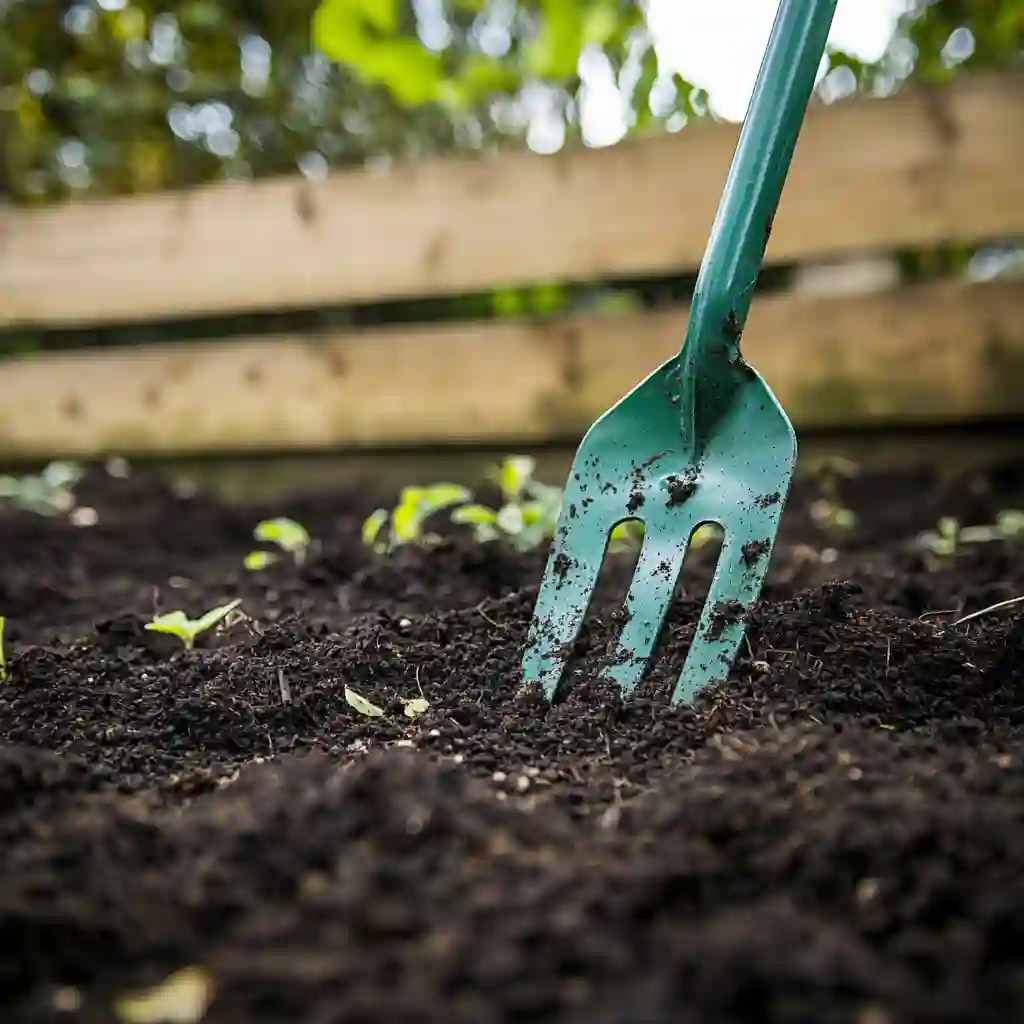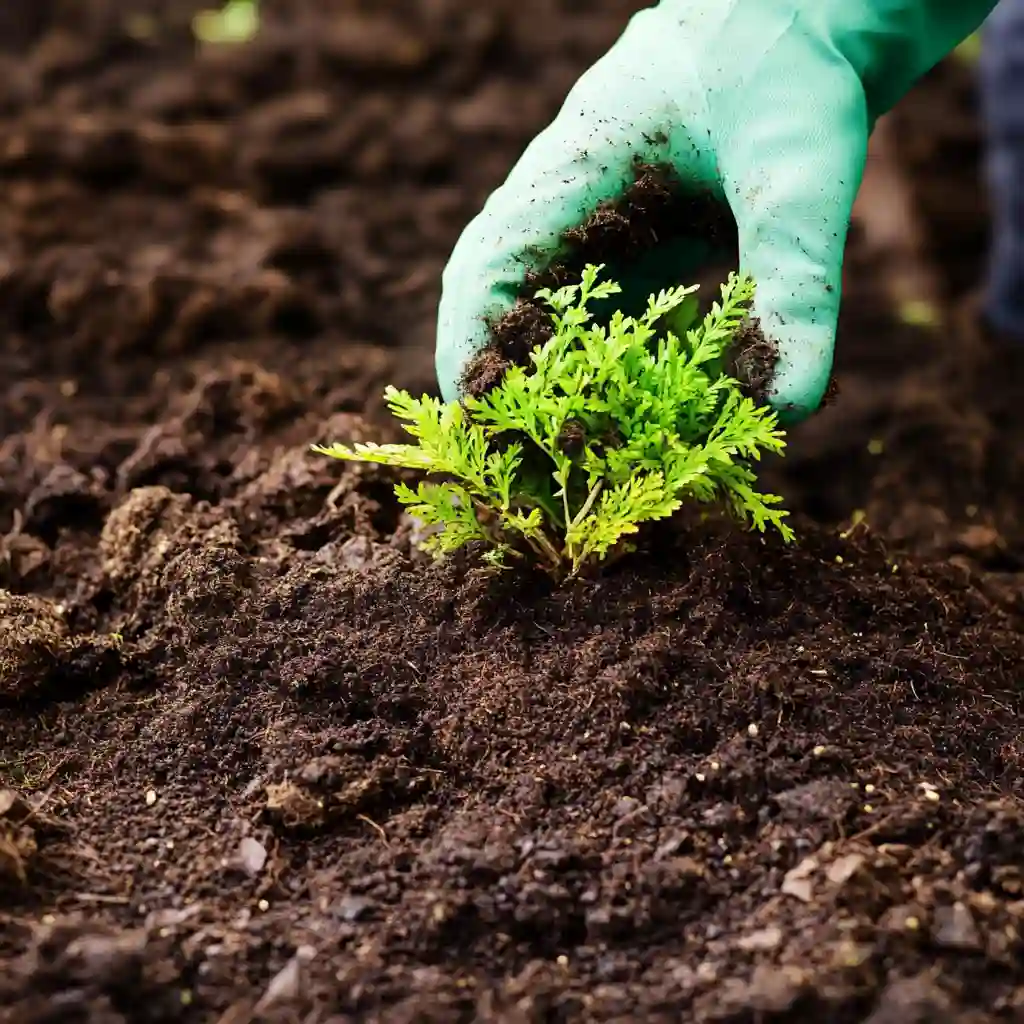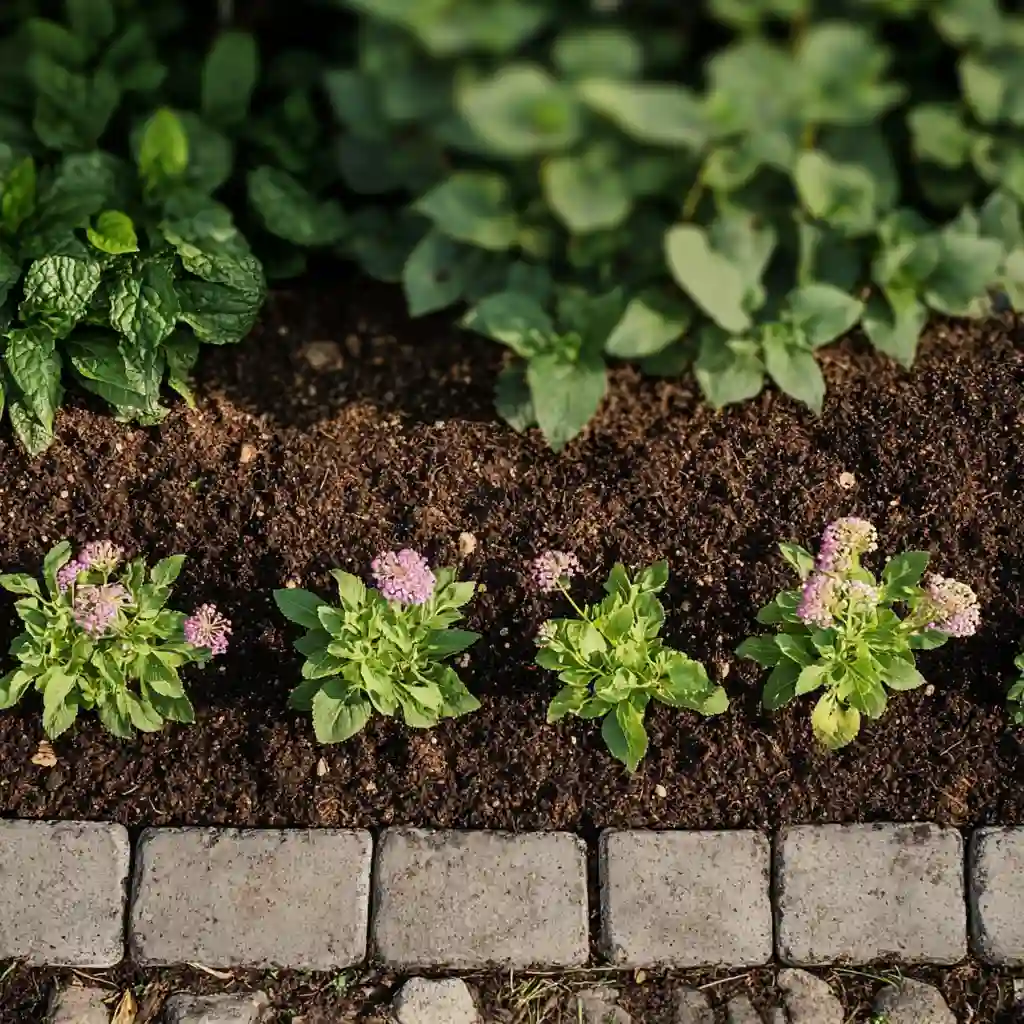If your plants are struggling despite your best efforts, the problem may not be the plants themselves—but the soil beneath them. Learning how to improve garden soil is one of the most powerful things you can do to support healthier, more productive plants. Whether you’re dealing with hard-packed clay, nutrient-poor sand, or just tired, depleted earth, improving your soil can completely transform your garden.
So, why does soil health matter so much?
Healthy garden soil is more than just dirt—it’s a living, breathing ecosystem filled with nutrients, beneficial organisms, and the ideal balance of air and moisture. And the good news? You don’t need to start from scratch. With a few simple, sustainable practices, you can boost your soil’s fertility, structure, and water-holding capacity.
What Is Healthy Soil?
Healthy soil is the silent hero of every thriving garden. It’s not just a growing medium—it’s a dynamic ecosystem teeming with life, working 24/7 to support your plants.
Here’s what sets healthy soil apart from ordinary dirt:
🌱 A Living Ecosystem
In one handful of rich soil, there are billions of microorganisms, including beneficial bacteria, fungi, protozoa, and earthworms. These tiny organisms break down organic matter, release nutrients, and improve soil structure. One of the most powerful fungi in healthy soil is mycorrhiza, which forms symbiotic relationships with plant roots, helping them absorb more water and nutrients.
💨 Air
Roots need oxygen to grow and function. Healthy soil is porous, filled with tiny air pockets that allow for proper gas exchange. Compacted or heavy soils suffocate roots, leading to poor growth and even root rot.
💧 Water
Soil acts like a sponge, holding moisture while allowing excess water to drain. If your soil is too dense, it may retain too much water and cause root problems. If it’s too sandy, water drains too quickly. Healthy soil strikes a perfect balance, holding onto what plants need and letting go of the rest.
🧪 Nutrients
Plants require 17 essential nutrients to grow. Healthy soil contains both macronutrients (like nitrogen, phosphorus, potassium) and micronutrients (like iron, zinc, and manganese). These nutrients must be available in the right amounts and balance, and healthy soil naturally helps retain and release them as needed.
Bonus Benefits of Healthy Soil:
- Better pest and disease resistance
- Fewer weeds
- Improved root development
- Higher yields and longer bloom times
- More beneficial insects and pollinators
Understanding Soil Texture & the Ideal Mix
To improve your garden soil effectively, you first need to understand what you’re working with. Soil texture—the ratio of sand, silt, and clay particles—is one of the most important factors influencing drainage, aeration, and nutrient retention.
🔍 How to Identify Your Soil Type
You don’t need a lab test to get started. Try this simple ribbon test:
- Collect a small handful of moist soil from 6–8 inches below the surface.
- Squeeze it into a ball, then try to roll it into a ribbon between your fingers.
Results:
- Won’t form a ribbon: High sand content
- Short, crumbly ribbon: Likely loam or silt
- Long, flexible ribbon: High clay content
🧱 Soil Particle Types Explained
Each soil component behaves differently:
- Sand: Drains quickly and warms up fast. Great for drought-tolerant plants but poor at retaining nutrients and moisture.
- Silt: Smooth and slippery when wet. Holds nutrients and water better than sand but can become compacted easily.
- Clay: Dense and slow-draining. Rich in nutrients but prone to waterlogging and compaction.
🌾 The Gold Standard: Loam
The ideal garden soil is loam—a balanced blend of all three particles. It holds nutrients, drains well, and is easy to work. But remember: “ideal” soil depends on the plants you’re growing. Some plants prefer lean, sandy soil, while others thrive in heavy clay.
Pro Tip: Use your soil type as a guide for both improving the soil and choosing plants that naturally thrive in your conditions.
6 Proven Ways to Improve Garden Soil
No matter your starting point—compact clay, dry sand, or low-nutrient soil—you can create a rich, plant-supporting foundation. Here are six expert-approved methods to improve your garden soil naturally and effectively:

1. Add Mulch
Mulch is a powerhouse for soil health. It insulates soil, conserves moisture, reduces weed pressure, and—when organic—adds nutrients as it breaks down.
Best Mulch Options:
- Wood chips or bark – Slow to decompose; great for long-term beds.
- Shredded leaves or pine needles – Add nitrogen and improve soil texture.
- Straw or grass clippings – Break down quickly; ideal for vegetable gardens.
Tip: Keep mulch 3–4 inches deep and avoid piling it against stems or crowns, which can cause rot.
2. Use Compost Regularly
Compost is often called “black gold” for a reason. It’s rich in nutrients and teeming with microorganisms that feed both plants and soil life.
How to Use It:
- Mix into garden beds in spring and fall.
- Use as a top dressing around perennials and shrubs.
- Make your own with a mix of browns (carbon) like leaves and greens (nitrogen) like veggie scraps and grass clippings.
Compost improves soil structure, water retention, and nutrient availability. It also balances pH and promotes disease resistance.
3. Incorporate Composted Manure
Manure from herbivores (like cows, chickens, and sheep) is a nutrient-rich soil builder—if it’s properly composted.
Why Use Composted Manure?
- Boosts organic matter and microbial activity.
- Enhances soil’s ability to hold nutrients.
- Improves water retention and tilth.
Important: Fresh manure can burn plants and introduce pathogens. Stick with aged or composted manure and work it into the soil before planting.
4. Test Your Soil
You can’t improve what you don’t understand. A soil test gives you a snapshot of pH, nutrient levels, and organic matter content.
When & How to Test:
- Test in early spring before planting.
- Use a home kit or send a sample to your local extension office.
- Retest every 2–3 years or after major amendments.
Key Insight: A healthy garden bed usually has 4–6% organic matter and a pH range of 6.0–7.0, depending on plant needs.
5. Add Nutrients as Needed
Once you’ve tested your soil, address deficiencies with the right amendments.
Fertilizer Options:
- Organic: Bone meal, blood meal, kelp, rock phosphate—slow release, improves soil long-term.
- Synthetic: Fast-acting, but may degrade soil health over time if overused.
Plant example: Acid-loving plants like azaleas or rhododendrons may need sulfur to lower pH and unlock nutrients.
Rule of Thumb: Feed the soil, not just the plant.
6. Maintain Healthy Soil Practices
Improving your soil isn’t a one-time event—it’s an ongoing relationship.
3 Habits for Long-Term Soil Health:
- Add organic matter annually (like leaf mold or compost).
- Avoid compaction by staying off wet soil.
- Plant smart: Choose plants adapted to your existing soil conditions.
Over time, these habits promote a self-sustaining ecosystem that supports vibrant, low-maintenance gardening.
Best Plants for Challenging Soils
Sometimes, the smartest strategy is to work with the soil you have. Instead of fighting sandy, clay, or rocky soil, choose plants that naturally thrive in those conditions. Here are expert-recommended options for each soil type—low maintenance, high reward.

🌾 Best Plants for Clay Soil
Clay soil is dense, holds nutrients well, but struggles with drainage. Choose plants that can handle moisture and root pressure.
✅ Goldsturm Black-Eyed Susan (Rudbeckia fulgida)
- Bright yellow daisy-like flowers
- Heat, humidity, and clay tolerant
- Full sun | 26″ tall × 24″ wide | Zones 3–9
✅ Northwind Switch Grass (Panicum virgatum)
- Vertical ornamental grass with golden fall color
- Strong stems—great for erosion control
- Partial to full sun | Up to 6′ tall | Zones 4–9
✅ Lil’ Flirt Spirea (Spiraea japonica)
- Burgundy foliage and deep pink blooms
- Tolerates compacted urban clay
- Full to partial sun | 3′ × 3′ | Zones 4–9
🏖️ Best Plants for Sandy Soil
Sandy soil drains fast and warms up quickly, but loses moisture and nutrients. Go with drought-tolerant species adapted to lean conditions.
✅ Tuscan Blue Rosemary (Rosmarinus officinalis)
- Aromatic foliage, edible, and upright growth
- Ideal for dry Mediterranean-style gardens
- Full sun | 6′ × 4′ | Zones 8–11
✅ Thumbelina Leigh English Lavender (Lavandula angustifolia)
- Compact bloomer with fragrant purple spikes
- Thrives in alkaline, fast-draining soil
- Full sun | 18″ × 12″ | Zones 5–9
✅ Frosty® Potentilla (Potentilla fruticosa)
- Hardy shrub with white buttercup blooms
- Excellent for poor, sandy, or even rocky soils
- Full sun | 2′ tall × 3′ wide | Zones 3–7
🪨 Best Plants for Rocky or Lean Soil
Rocky soil often lacks organic matter but drains well and can support resilient, low-fertility plants.
✅ Jewel of Desert Ruby Ice Plant (Delosperma spp.)
- Succulent groundcover with ruby-edged flowers
- Great for hot, dry, rocky slopes or containers
- Full sun | 6″ × 20″ | Zones 5–10
✅ Sunstar™ Gold Coreopsis (Coreopsis hybrid)
- Molten gold blooms and mildew-resistant foliage
- Long bloom season with minimal care
- Full sun | 24″ × 30″ | Zones 4–9
✅ Lacey Blue Russian Sage (Perovskia atriplicifolia)
- Compact and upright with aromatic silver foliage
- Deer-resistant and thrives in lean soils
- Full sun | 18″ × 26″ | Zones 4–10
🌿 Tip: Still unsure which soil you have? Try searching for “plants for [your soil type]” or use a garden center filter by soil type. Pairing the right plant to the right place = less stress, more success.
Conclusion
Improving garden soil is one of the most rewarding investments you can make in your landscape. Whether you’re starting with hard-packed clay, fast-draining sand, or rocky terrain, healthy soil is within reach—and it begins with understanding, patience, and the right practices.


